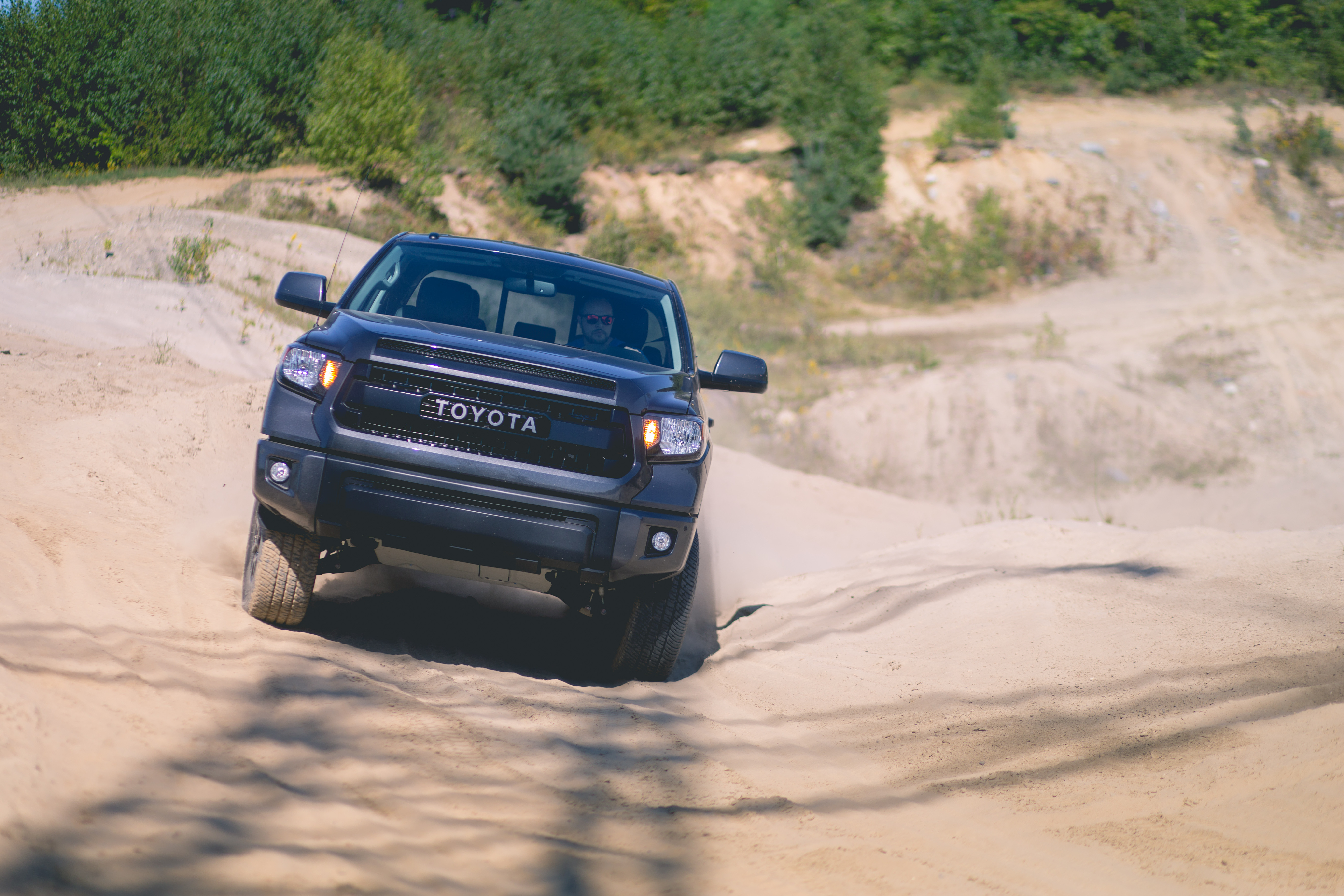 2016 Toyota Tundra TRD Pro front view
2016 Toyota Tundra TRD Pro front view
When the opportunity arose to test drive a 2016 Toyota Tundra, the anticipation was already high. However, discovering it was the TRD Pro model elevated the excitement even further. Stepping into the realm of full-size trucks can be daunting, especially for someone more accustomed to reviewing cars. The market is fiercely competitive, with brands like RAM, Ford, and Chevrolet boasting loyal followings and intricate specifications that demand precision. Unlike professional automotive publications that might conduct extensive comparison tests, this review takes a different approach, focusing on real-world impressions of the 2016 Toyota Tundra TRD Pro in everyday scenarios and beyond.
The challenge was immediately apparent navigating the urban sprawl of Montreal in this sizable machine. Truck enthusiasts are known for their deep knowledge and passion, engaging in detailed debates about towing capacities and axle ratios. Misrepresenting any detail could lead to a barrage of corrections. Yet, the Toyota Tundra occupies a unique space in this landscape, often seen as the underdog, which perhaps offers a bit more leeway in a review. Moreover, the TRD Pro designation signals a focus on off-road capabilities, shifting the emphasis away from pure utility and towards adventure.
Living in a typical suburban environment, the purpose of such a rugged truck initially seemed out of place. Where were the off-road trails or construction sites to truly put it to the test? To gain a better understanding of the 2016 Toyota Tundra TRD Pro’s essence, a road trip became essential. The destination: Percé, a journey of ten hours, promising diverse driving conditions and scenic landscapes to evaluate this impressive vehicle.
Serious Off-Road Prowess
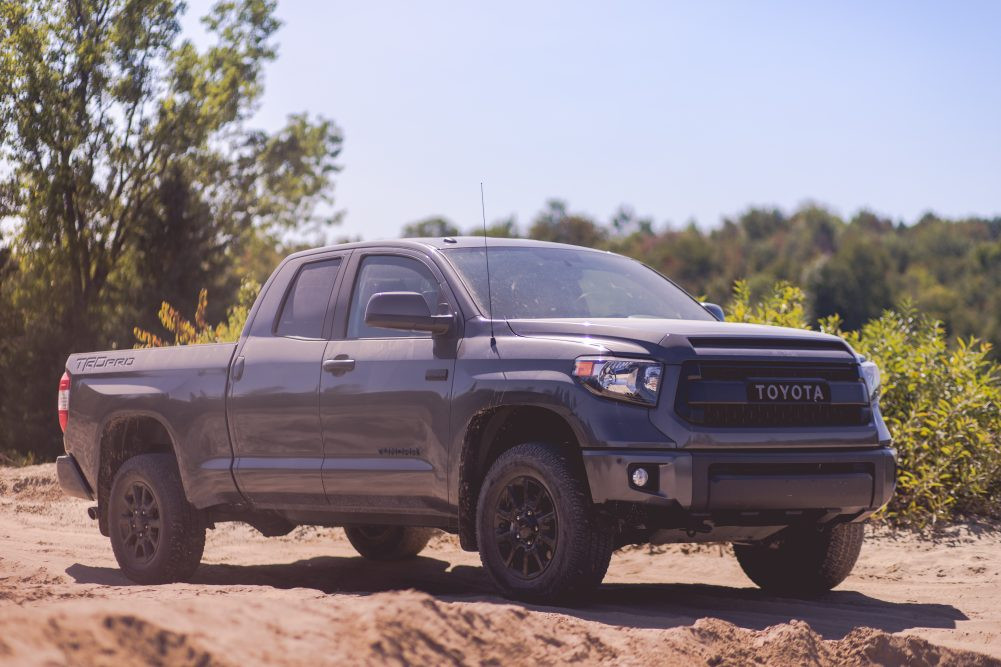 2016 Toyota Tundra TRD Pro side profile on off-road terrain
2016 Toyota Tundra TRD Pro side profile on off-road terrain
Before delving into the road trip experience, it’s crucial to highlight what distinguishes the TRD Pro variant of the 2016 Toyota Tundra from its more conventional counterparts. The TRD Pro trim is not merely an aesthetic upgrade; it represents a significant investment in off-road engineering. Developed by Toyota Racing Development, it equips the Tundra with genuine off-road competence, positioning it as a contender against trucks like the RAM Rebel. While not directly aimed at the high-performance Ford SVT Raptor, the TRD Pro possesses the capability to rival it in off-road environments.
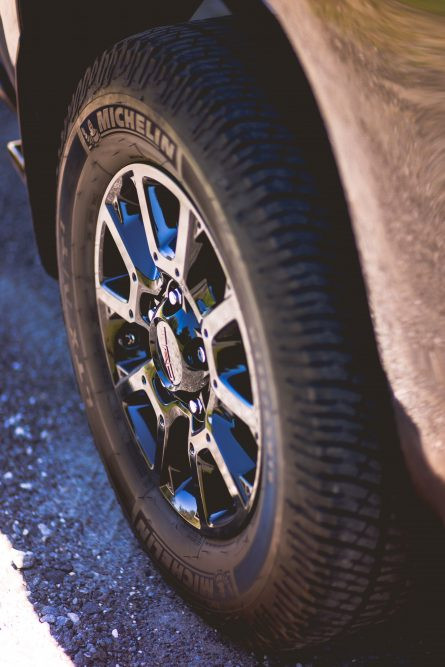 2016 Toyota Tundra TRD Pro front suspension detail
2016 Toyota Tundra TRD Pro front suspension detail
The TRD Pro package is substantial, available for V8-powered 4×4 Tundra models in both Doublecab and Crewmax configurations. It enhances the already robust Tundra with components designed for demanding terrain. Key upgrades include TRD Bilstein shocks with remote reservoirs, TRD-tuned front springs providing a 2-inch lift, TRD front skid plates for underbody protection, and revised spring rates to improve ride quality on rough surfaces. Michelin ORP tires mounted on black 18-inch TRD wheels further contribute to its off-road readiness, while a TRD dual exhaust system amplifies the V8 engine’s sound, giving the 2016 Toyota Tundra TRD Pro an aggressive, performance-oriented tone.
 2016 Toyota Tundra TRD Pro black grille with Toyota lettering
2016 Toyota Tundra TRD Pro black grille with Toyota lettering
Aesthetically, the 2016 Toyota Tundra TRD Pro distinguishes itself with a unique blacked-out front grille featuring classic “TOYOTA” lettering, TRD Pro stamping on the quarter panel bed sides, and TRD accents inside with a shift knob and specialized seats. The Magnetic Grey Metallic paint further emphasizes the blacked-out elements, creating a visually striking and rugged appearance.
Engine performance remains consistent with other V8 Tundra models, and rightfully so. Toyota’s iForce 5.7L V8 is a highly regarded engine, delivering smooth and responsive power across the rev range thanks to its 32-valve design and robust low-end torque. Producing 381 horsepower and 401 lb-ft of torque, it propels this substantial truck, weighing around 2600 kg, to 100 km/h in approximately 6.3 seconds—matching the acceleration of many sports sedans.
 2016 Toyota Tundra TRD Pro towing capacity detail
2016 Toyota Tundra TRD Pro towing capacity detail
For those interested in traditional truck capabilities, the 2016 Toyota Tundra offers a maximum towing capacity of 4762 kg and a payload of 934 kg. While slightly less than segment leaders like the Ford F-150, it remains a capable workhorse. Updates for the 2016 model year included an integrated trailer brake controller and an expanded 142-liter fuel tank, the largest in its class, addressing range concerns given the Tundra’s fuel consumption.
Drive it Far
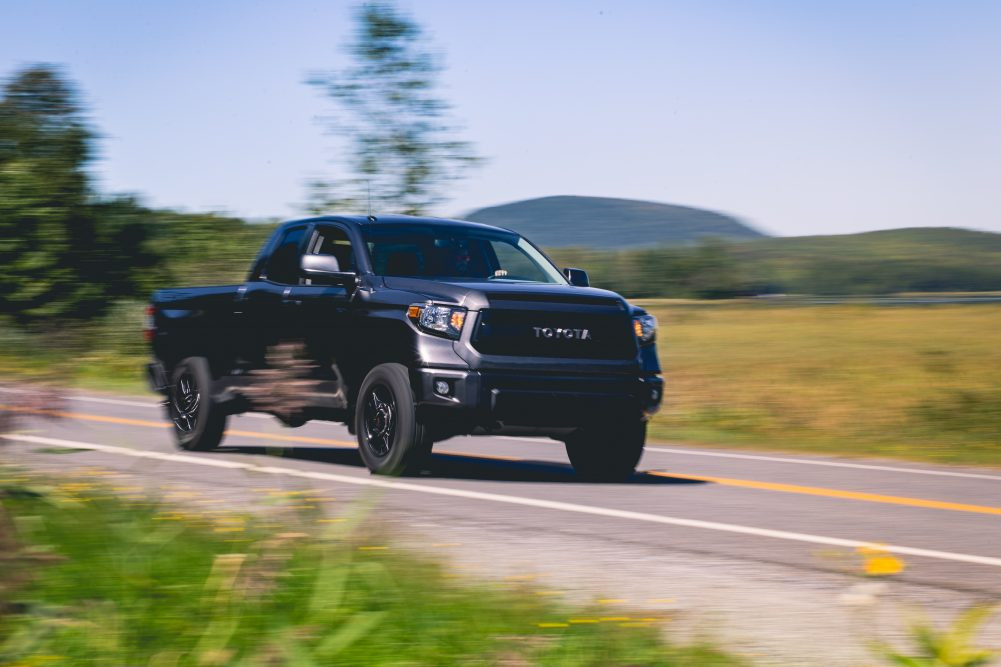 2016 Toyota Tundra TRD Pro highway driving
2016 Toyota Tundra TRD Pro highway driving
The decision to drive to Percé, while seemingly impulsive, served as an ideal long-distance test for the 2016 Toyota Tundra TRD Pro. Fuel economy, however, is a consideration. Achieving 14.5L/100 km on the highway requires a light foot, resisting the temptation to fully engage the V8 and enjoy its auditory output. The Tundra’s fuel consumption could be improved with a transmission offering more gears, aligning it with competitors who have moved to 8-speed or even 10-speed automatics. The 2016 model retains the 6-speed automatic introduced in 2007.
This 6-speed transmission is not without merit; it provides smooth shifts, reminiscent of the refined Camry. However, the engine’s eagerness to rev to access its power band sometimes led to unnecessary downshifts, particularly on inclines. While adequate, the 6-speed box is less sophisticated than the more modern transmissions found in newer trucks.
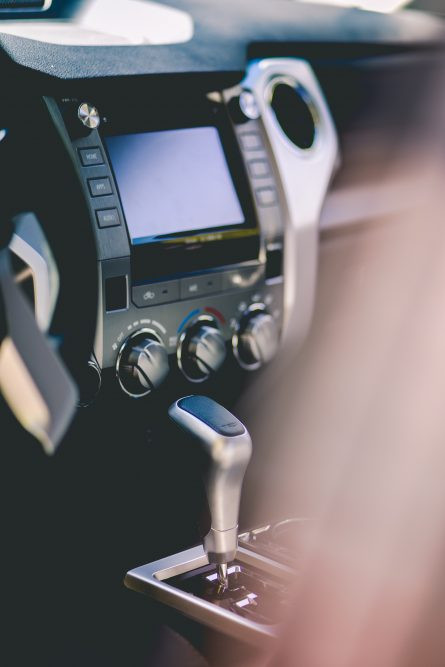 2016 Toyota Tundra TRD Pro dashboard view
2016 Toyota Tundra TRD Pro dashboard view
The long drive to a remote Quebec village surprisingly reinforced the Tundra’s appeal. The Gaspésie region is truck country, with lifted pickups being a common sight. Amongst Fords, RAMs, and Chevrolets, Toyotas, including Tundras and Tacomas, were also prevalent. The 2016 Toyota Tundra TRD Pro garnered attention, its factory-tuned off-road stance standing out even among modified trucks.
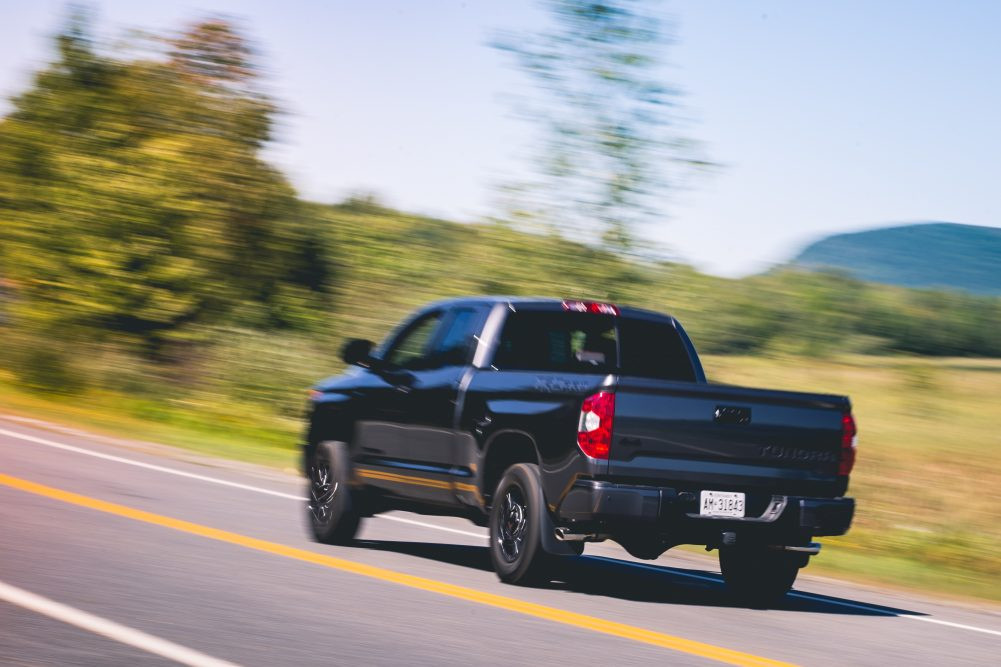 2016 Toyota Tundra TRD Pro on coastal road
2016 Toyota Tundra TRD Pro on coastal road
As a road trip vehicle, the Tundra excels. The cabin is spacious, exceeding that of many sedans, and the leather seats offer ample comfort for extended journeys. The interior design prioritizes functionality with large, user-friendly controls, especially for climate settings—easily operated even with gloves. However, the interior design is showing its age, with material quality and hard plastics not matching contemporary standards in the segment. Despite this, the test model was appreciated for its lack of unnecessary electronic features, offering essential functionalities like a backup camera and parking sensors, which are invaluable in a truck of this size.
 2016 Toyota Tundra TRD Pro bed space
2016 Toyota Tundra TRD Pro bed space
Arriving in Percé, the 6.5-foot bed of the Doublecab model served as impromptu accommodation. The Tundra’s bed configuration varies with cabin choice; the Crewmax has a shorter 5.5-foot bed, while the single cab offers the longest 8-foot bed. The 6.5-foot bed proved sufficient for sleeping under the stars, listening to the ocean waves, highlighting the 2016 Toyota Tundra TRD Pro’s versatility as both a capable vehicle and a comfortable overnight camper.
Further details of the road trip are documented in a separate article, showcasing the scenic journey in the Tundra TRD Pro.
Yes, it’ll Off-road
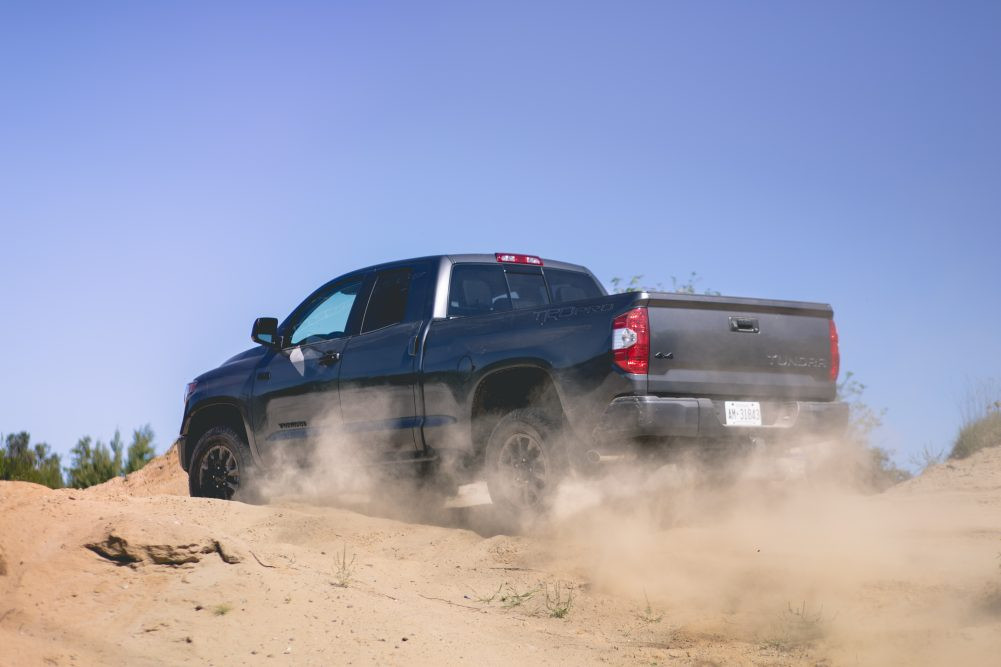 2016 Toyota Tundra TRD Pro off-roading in sand pit
2016 Toyota Tundra TRD Pro off-roading in sand pit
The crucial question remains: can the 2016 Toyota Tundra TRD Pro truly perform off-road? The answer is a resounding yes. Upon returning from Percé, the Tundra was tested in a sandpit frequented by dirt bikers and ATV riders, featuring steep inclines, deep sand, and challenging terrain. Here, the TRD-tuned suspension system demonstrated its capabilities. Similar to the aerodynamics of a race car, the suspension performs optimally at speed, requiring a degree of confidence to push the truck.
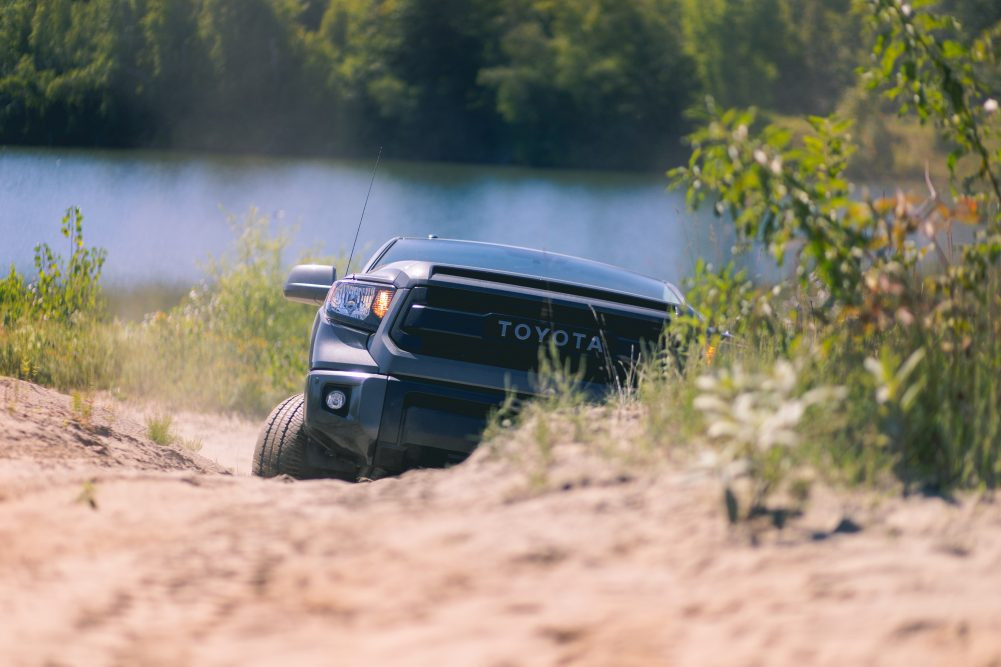 2016 Toyota Tundra TRD Pro jumping in sand pit
2016 Toyota Tundra TRD Pro jumping in sand pit
As confidence grew, the 2016 Toyota Tundra TRD Pro readily absorbed bumps, obstacles, and elevation changes. The suspension maintained stability and provided a surprisingly smooth ride even during aggressive off-road driving. TRD’s racing expertise is evident in the well-tuned suspension, effective both on and off-road. Engaging 4×4-high, disengaging traction control, selecting “S” mode for the transmission, and applying throttle allowed the Tundra to conquer the terrain. Only once did the front shocks reach their limit, with the skid plates preventing any damage.
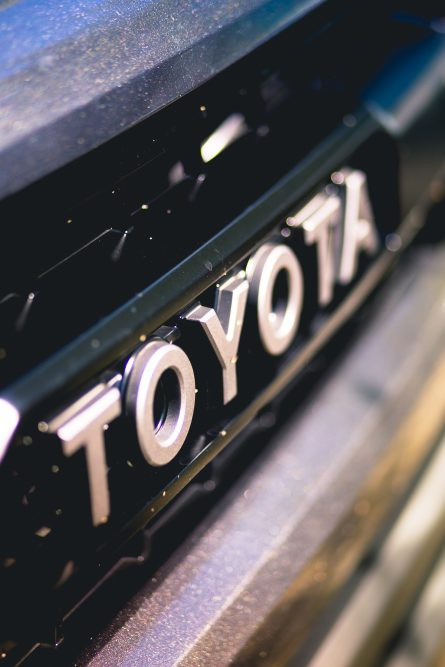 2016 Toyota Tundra TRD Pro climbing sand hill
2016 Toyota Tundra TRD Pro climbing sand hill
The 2016 Toyota Tundra TRD Pro proved to be a remarkable machine, capable of both comfortable highway cruising and tackling demanding off-road conditions.
Imagining scenarios beyond recreational off-roading, the Tundra TRD Pro’s robust nature evokes a sense of invincibility. Its reliability, a hallmark of Toyota vehicles, was never in question throughout the test. Like other Toyota models, from the Prius to the Lexus GS F-Sport, the 2016 Toyota Tundra TRD Pro instills confidence in its long-term durability and dependability.
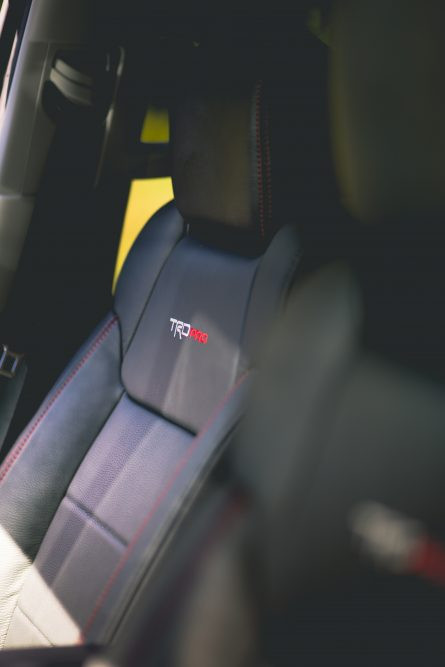 2016 Toyota Tundra TRD Pro badge and wheel detail
2016 Toyota Tundra TRD Pro badge and wheel detail
The price for this off-road-ready truck, as tested, is $57,000. The Crewmax version is priced slightly higher at $59,500. While seemingly expensive, the TRD Pro maintains the core functionality of a standard Tundra, unlike some competitors that compromise everyday usability for extreme off-road performance. The 2016 Toyota Tundra TRD Pro can still serve as a work truck, tow trailers, and handle typical truck duties.
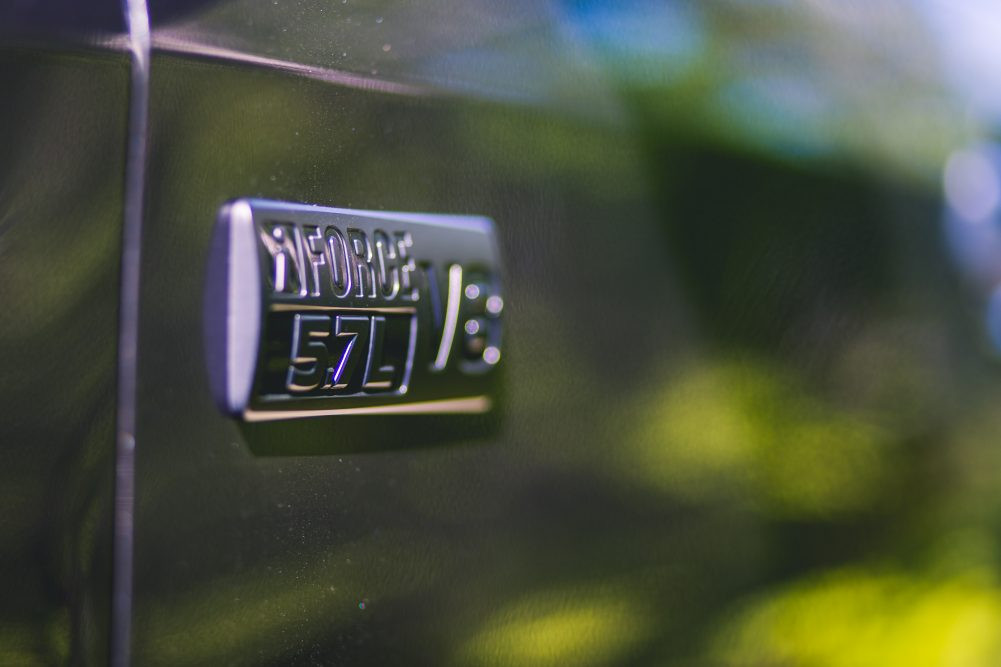 2016 Toyota Tundra TRD Pro front quarter view
2016 Toyota Tundra TRD Pro front quarter view
Ultimately, the 2016 Toyota Tundra TRD Pro is arguably more than a necessity for most drivers; it’s a capable and enjoyable vehicle for those who appreciate off-road adventures and robust engineering. Its existence demonstrates Toyota’s continued commitment to performance and the intensifying competition in the off-road truck market.
Clavey’s Verdict
Review of the 2016 Toyota Tundra TRD Pro by William Clavey
7.8 / 10 Full Size Pick-up Trucks
+ + Impressive offroad credentials for the price. + TRD Pro adds aesthetic edge over standard Tundra. + iForce V8 engine remains among smoothest and most powerful in the segment.
– – Automatic transmission could use two extra gears. – Interior is starting to show its age. – Not the most fuel efficient vehicle.
Clavey’s Corner is located in Montreal, Quebec, Canada. Prices and trim levels discussed in this article reflect the Canadian car market.
Special thanks: Toyota Canada
Photography: Appearance
Contact the author: [email protected]
Post Views: 32,224